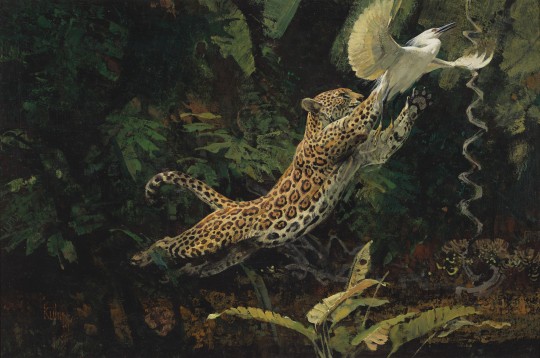L'ironia è il granello di sale che rende mangiabile quel che ci portano in tavola. Thomas Mann
Don't wanna be here? Send us removal request.
Text
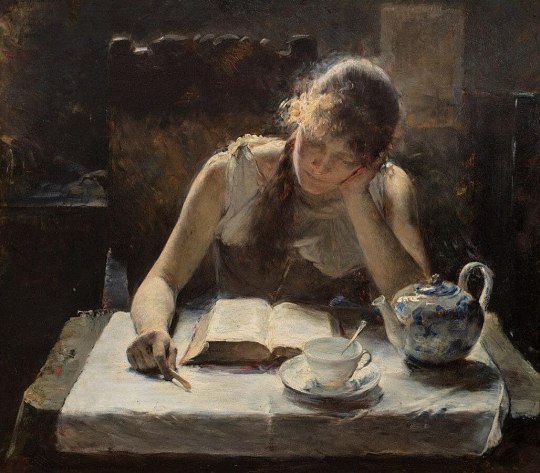
Bertha Wegmann (1847-1926) "Resignation" (1890) Oil on canvas
3K notes
·
View notes
Text
everyone shut up this is ACTUALLY what fans of different composers are like
Mahlerians are PROUD TO BE ABSOLUTELY INSUFFERABLE DRAMA QUEENS, THE LIKES OF WHICH EVEN THE WAGNER CULT COULD NEVER SO MUCH AS ASPIRE TO BE. WE ARE ONE WITH THE UNYIELDING EBB AND FLOW OF THE BOUNDLESS UNIVERSE, DAMN IT ALL!
Shostakovich fans are like Mahler fans except they actually understand what sarcasm is. We also all really like the Muppets for some reason. Most of us own cats and likely have at least one mental illness.
Liszt fans are either tweenagers who love anime or salty old pianists who know a disturbing amount about music theory. These two factions are constantly at war.
Copland fans are either very, very far right or very, very far left. Either way, neither side actually listens to all of Copland's repertoire.
Tchaikovsky fans are either Russian grandmas or LGBT orchestra kids on Tiktok. Either those or the one noob who heard there were cannons once.
Wagner fans. Yes, there are the cringey neo-Nazi Wagnerians, but anti-Nazi Wagnerians are a whole new level of chaotic good. They spend their time dreaming up the most disastrous, chaotic Ring productions possible, with the sole purpose of making Richard Wagner's entire family simultaneously spin in their graves. They take "death of the author" to a whole new level and constantly run on nothing but 100% pure spite. You want a Wagnerian who would beat up Wagner in a Denny's parking lot on your side.
Prokofiev fans will unironically say "ackshually...". That's it.
Dvorak fans are homeschool kids. They're either soul-crushingly innocent or devastatingly horny.
Sousa fans are just high school band directors who try to convince themselves they like Sousa to get through the semester.
Joplin fans constantly argue over whether Joplin's music should be played twice as quickly or twice as slowly than it's actually written. Also sick of hearing about Janis.
Chopin fans are exactly like Liszt fans, except there are 20% more "uwu softboi flowercrown" edits of Chopin than Liszt floating around on Instagram and Tumblr.
Holst fans will drag you into an alleyway and beat you up with their bare hands if you so much as mention The Planets.
Bernstein fans are either horny theatre kids or communists, but it's more likely they're both at once. They are very opinionated about recordings, and express their approval of the ones they like by gyrating excessively to them. If you put a Bernstein fan, a Mahler fan, and a Shostakovich fan in one room, they will either topple a national government or have a threesome.
Ravel fans are inherently Wes Anderson fans. You can be friends with one for years without knowing a single thing about their personality.
Schoenberg fans are like Mahlerians but with worse memes.
Brahms fans are... I have never met a Brahms fan. I'm sure they exist, but I'm pretty sure my own taste in music scares them off.
Paganini fans are almost always TwoSet kids, particularly the ones who try to convince people that "classical music isn't boring because it's basically metal." If you tell them Paganini played viola, they will spontaneously combust.
Rachmaninov fans are ultimately really chill, but are often socially awkward. If you ask a Rachmaninov fan "how are you?", they will most likely respond with "you too."
Schumann fans are Mahlerians on medication.
Stravinsky fans think they're chaotic and unhinged and listen to the most obscure underground shit, but in all actuality they just decided to enter their edgy phase after a lifetime of being sheltered and forced to listen to nothing but Handel by their parents. Possibly homeschooled.
Ysaye fans are like Paganini fans, except they're depressed graduate music students with permanent calluses on their fingers.
Debussy fans go to art school, decide they don't like art school, but have been doing art school too long to turn back, so they can't get out of art school. They may be high on weed at any given moment.
Satie fans are just possessed vessels of Erik Satie. Death cannot hinder Erik Satie. Erik Satie will return to this mortal plane. Search your feelings. You are already Erik Satie.
845 notes
·
View notes
Text

Marcello, andata e ritorno.
Marcello era la disintegritá morale, in una onestà perfettamente integrata in sé stessa. Era l'accettazione di un limite convenzionale, lo stupore infantile dinnanzi ad un errore, ad una sofferenza. Era l'ambigua emotività, alla ricerca di calore, di un istinto. Era il suo stesso istinto. Marcello non era il compromesso, la pazienza, il raziocigno e l'ostilità. Era l'esplosione costante, l'accettazione di un limite, il riconoscimento dello stesso. Era il viaggio e il ritorno, l'egoismo puerile e adulto, la furbizia bambina, era la sua meraviglia e il disincanto, la libertà. Marcello era il suo stesso schema, dove ci si rintanava per generosa vigliaccheria. Era l'osservatore acuto, il turista alla ricerca di se, e di mille altre cose, che nemmeno lui sapeva. Marcello era libertà gentile, inopportuna per la sua opportunità, come una nota stonata in un lento jazz ma opportunamente adeguata per fare la differenza. Era metà del peccato, e del peccatore aveva coscienza. Lui era quello a cui credeva, assenza vivace e presenza generosa. Marcello, era andata e ritorno perché nel mezzo c'è spazio aperto per l'attesa, alimento di istinto, passione, emotività, passività. Era fedeltà non canonica, dogmatica, antica. Era lucidità morale vestita da immoralità agli occhi altrui. Era cinismo felice, che scuote, contrasta, ammazza lo schema; dirompente nella sua apatia, era il giusto risultato di un equazione non risolta, rispiegata, rivista e rinnegata. Era contrasto acceso non lasciato al caso, il "si per sempre" a cui non credere, era la stoicità e la viltà, era un viaggio celebrale, seduttivo che si lascia fraintendere, era Edipo e la Sfinge, un mondo da attraversare con la leggerezza di un viandante che vorrebbe restare. Era l'abbandono e la rivolta, la meta a cui dava la scelta: prendere o lasciare.
"Accettami così come sono, la vita è una festa, viviamola insieme" cit. 8½
Fonte video tik tok.
9 notes
·
View notes
Photo
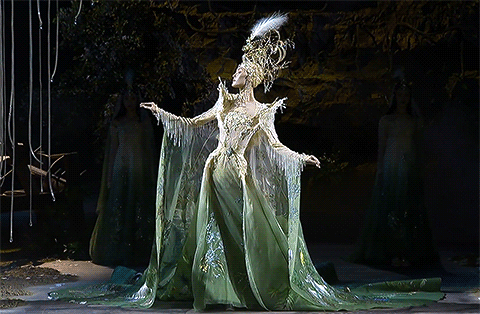
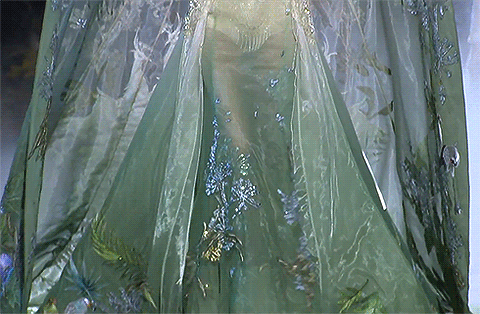
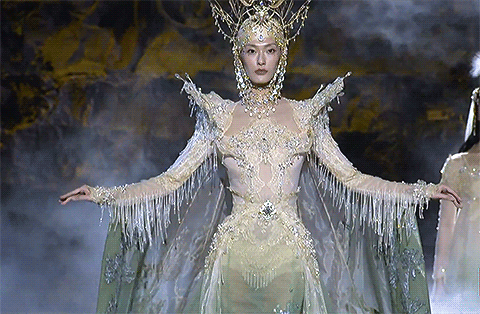
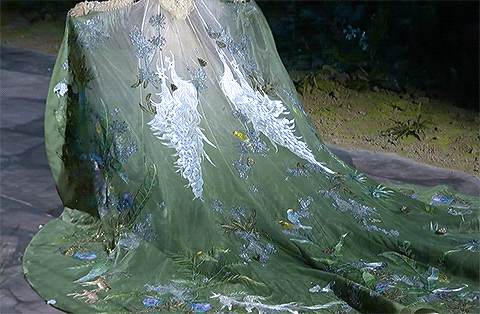
Qian Kun - Fang Yi: Heaven Gaia Spring/Summer 2022
59K notes
·
View notes
Photo
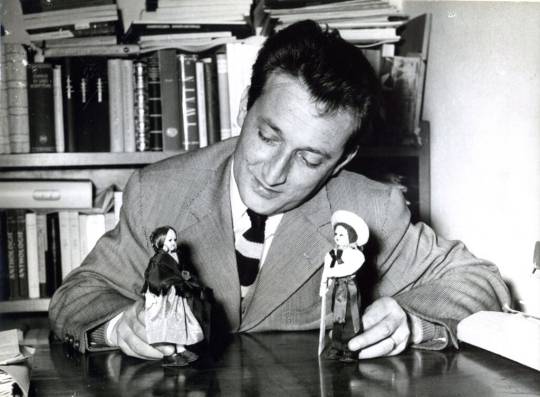
Tutti noi lo conosciamo come un grande scrittore, alcuni lo definiscono “solo” scrittore per l’infanzia (come se fosse facile, scrivere libri per i lettori più esigenti di tutti, cioè i bambini!), altri giustamente gli riconoscono il ruolo di uno dei più importanti intellettuali del ventesimo secolo.
Gianni Rodari è stato tante cose: poeta, scrittore, saggista, giornalista, maestro. Anche maestro “clandestino”: nel 1937 insegnò italiano ad alcuni bambini ebrei, tedeschi, che si erano rifugiati in Italia sperando di salvarsi dalle persecuzioni razziali.
Ed era antifascista.
Per aver rifiutato un incarico proposto dal partito fascista, nel 1943 fu valutato “insufficiente” come insegnante. Ed è stato anche un partigiano.
Dopo l’8 settembre, si unì alla Resistenza. Entrò nella 121a brigata Garibaldi in azione nella provincia di Varese. Era addetto al controllo dei lasciapassare, nel momento in cui molti fascisti cercavano di scappare con documenti falsi. Il 25 aprile del 1945 Rodari si trovava nella brigata partigiana che fermò un signore con un cane in fuga da Milano. Era un uomo “ambiguo, tutto grigio, con quel cane e un sorriso disperato”.
Quando esaminò la sua carta d’identità, il partigiano Rodari chiese: “Sironi Mario, il pittore delle periferie, dei gasometri, delle fabbriche nel deserto, dei grigi sotto un cielo marrone, o viceversa?” Sì, il signore grigio e ambiguo era proprio Mario Sironi che stava cercando di scappare. Rodari lo conosceva di fama come celebre pittore, ma anche come uomo di regime. I partigiani lo avrebbero probabilmente fucilato, e lo stesso Rodari era combattuto, sapendo di avere davanti un fascista che aveva aderito alla Repubblica di Salò. Ma alla fine: “gli firmai il lasciapassare, in nome dell'arte”. Perché il futuro scrittore Rodari vide in Sironi un artista, non un nemico.
Il nemico per Rodari era invece la mancanza di libertà, la bugia, la disonestà e tutto quello che poteva far piangere un bambino.
Quando nel 1970 vinse il premio Andersen, una sorta di Nobel per la letteratura dell’infanzia, nel suo discorso di ringraziamento disse: “Non c’è niente al mondo di più bello della risata di un bambino. E se un giorno tutti i bambini del mondo potranno ridere insieme, tutti, nessuno escluso, sarà un gran giorno”.
(La farfalla della gentilezza)
(L’episodio dell’incontro con Sironi è raccontato nel libro di Vanessa Roghi, “Lezioni di Fantastica: Storia di Gianni Rodari”, Laterza, 2020)
99 notes
·
View notes
Text
Qualcuno che la sa lunga
mi spieghi questo mistero:
il cielo è di tutti gli occhi
di ogni occhio è il cielo intero.
È mio, quando lo guardo.
È del vecchio, del bambino,
del re, dell'ortolano,
del poeta, dello spazzino.
Non c'è povero tanto povero
che non ne sia il padrone.
Il coniglio spaurito
ne ha quanto il leone.
Il cielo è di tutti gli occhi,
ed ogni occhio, se vuole,
si prende la luna intera,
le stelle comete, il sole.
Ogni occhio si prende ogni cosa
e non manca mai niente:
chi guarda il cielo per ultimo
non lo trova meno splendente.
Spiegatemi voi dunque,
in prosa od in versetti,
perché il cielo è uno solo
e la terra è tutta a pezzetti.
(Il cielo è di tutti, G. Rodari)
20 notes
·
View notes
Photo

Between the waves, Ivan Aivazovsky, 1898
80K notes
·
View notes
Photo


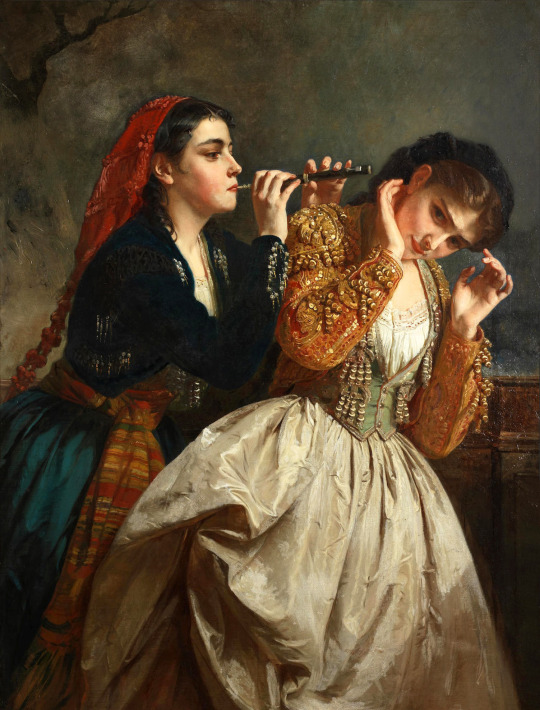


Henry Guillaume Schlesinger (1814 - 1893)
The Five Senses
13K notes
·
View notes
Photo

Dédale et Icare (Daedalus and Icarus) Orazio Riminaldi, c. 1625
4K notes
·
View notes
Photo

Christ in the House of Martha and Mary of Bethany, by Henryk Siemiradzki, 1886. Oil on canvas.
974 notes
·
View notes
Photo

Flowers in an Ornamental Vase (detail), by Maria van Oosterwijck, 1670. Oil on canvas.
197 notes
·
View notes
Photo


Andrea Mantegna
Camera degli Sposi
1465-1474
19 notes
·
View notes
Photo

Ludovicus Finson, ca.1580/85-1617
[Salome] The decapitation of Saint John the Baptist, n/d, oil on canvas, 201x152 cm
Herzog Anton Ulrich Museum
40 notes
·
View notes
Photo


Il primo Vicepresidente donna, nella storia Americana.
One hundred years after American women won the right to vote, Kamala Harris has become the first woman (and the first Black and Asian American) elected vice president of the United States. https://on.natgeo.com/3k8Du5h
12 notes
·
View notes
Text
“C’è qualcosa nell’arte, come nella natura del resto, che ci rassicura, e qualcosa che invece ci tormenta, ci turba, due sentimenti eterni in perenne lotta; la ricerca dell’ordine, e il fascino del caos. Dentro questa lotta abita l’uomo, e ci siamo noi tutti, ordine e disordine. Cerchiamo regole, forme, canoni ma non cogliamo mai il reale funzionamento del mondo, È per gli uomini un eterno mistero. L’incapacità di risolvere questo mistero, ci terrorizza, ci costringe a oscillare tra la ricerca di un’armonia impossibile e l’abbandono al caos.”
— Fredrick Nietzsche
690 notes
·
View notes



